Back to Courses
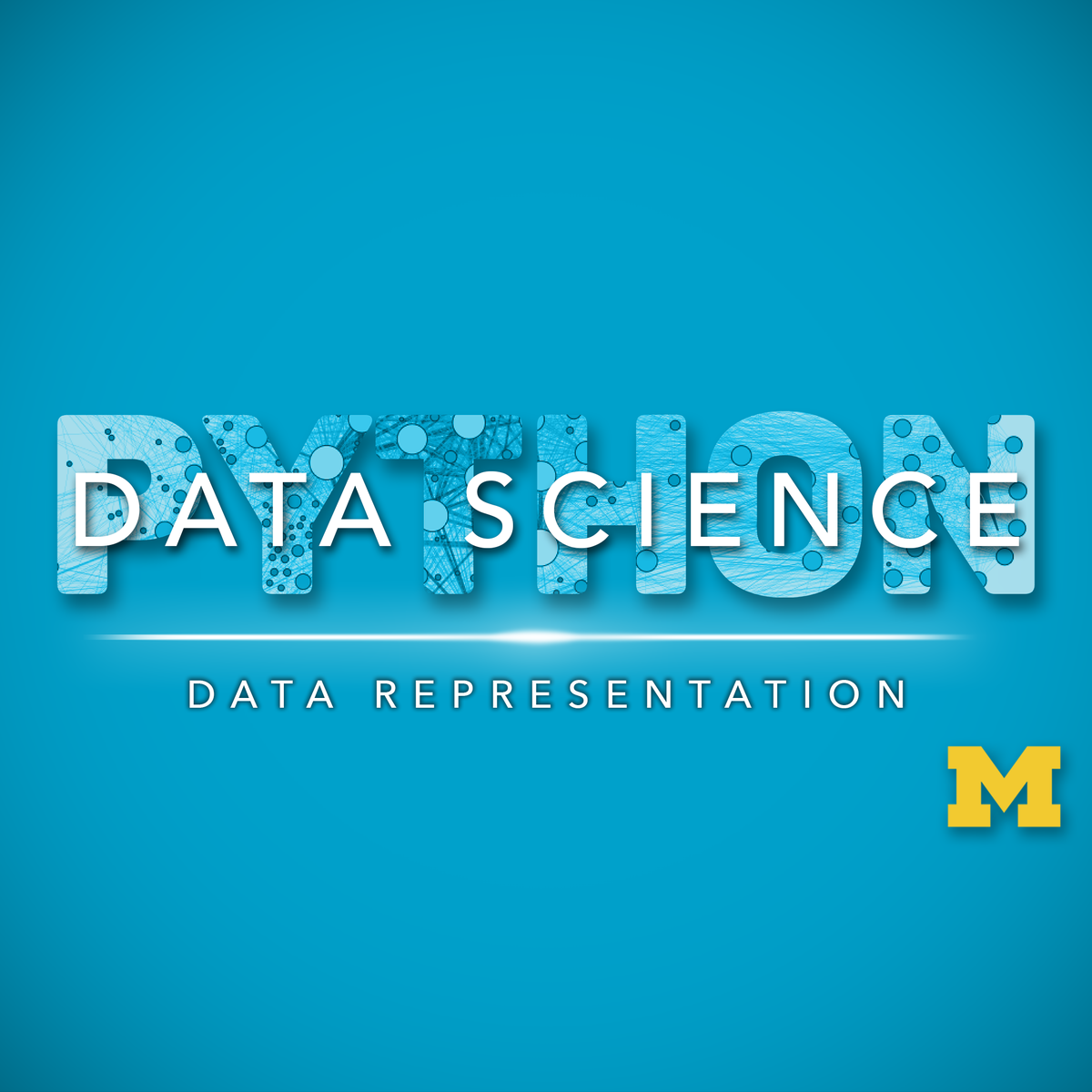
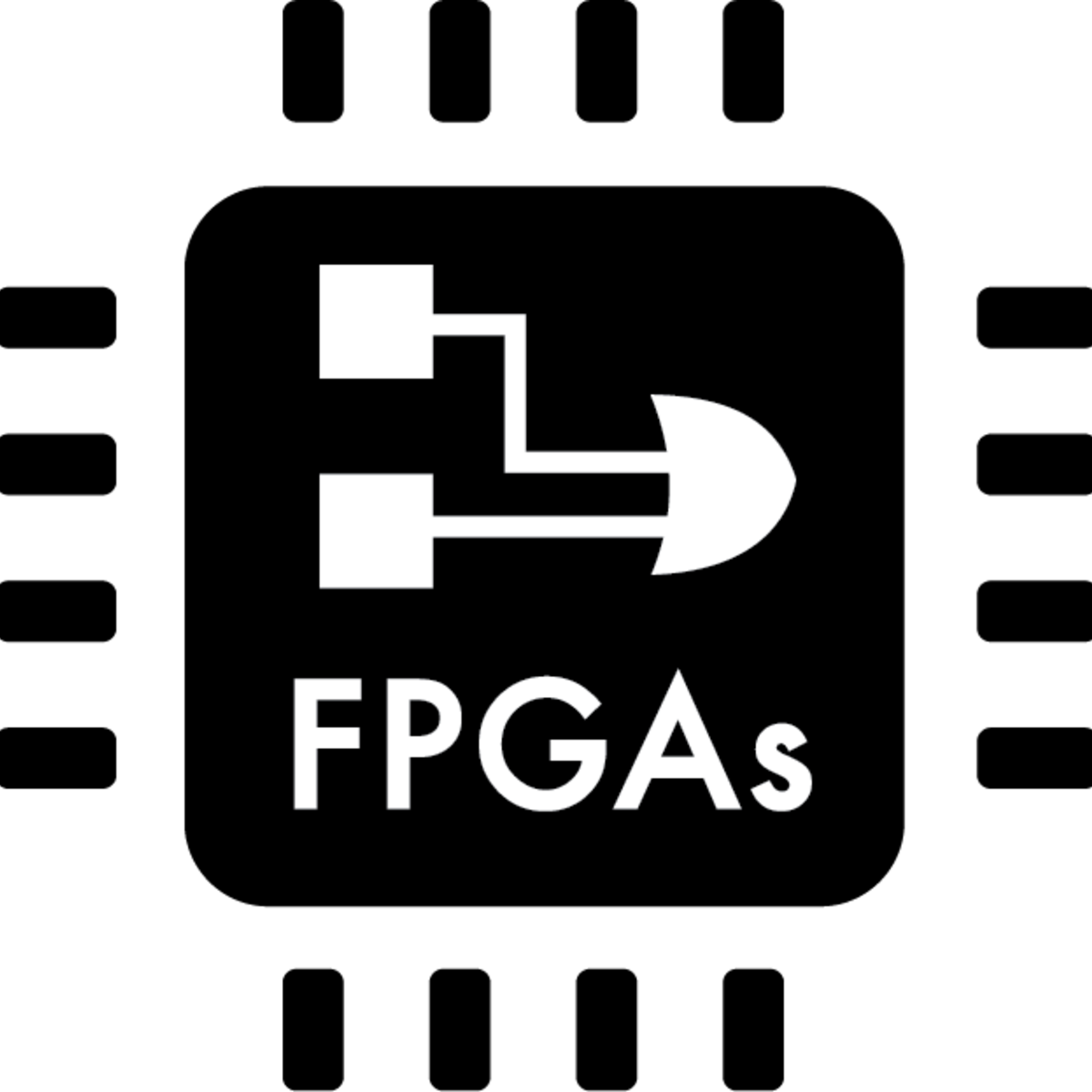
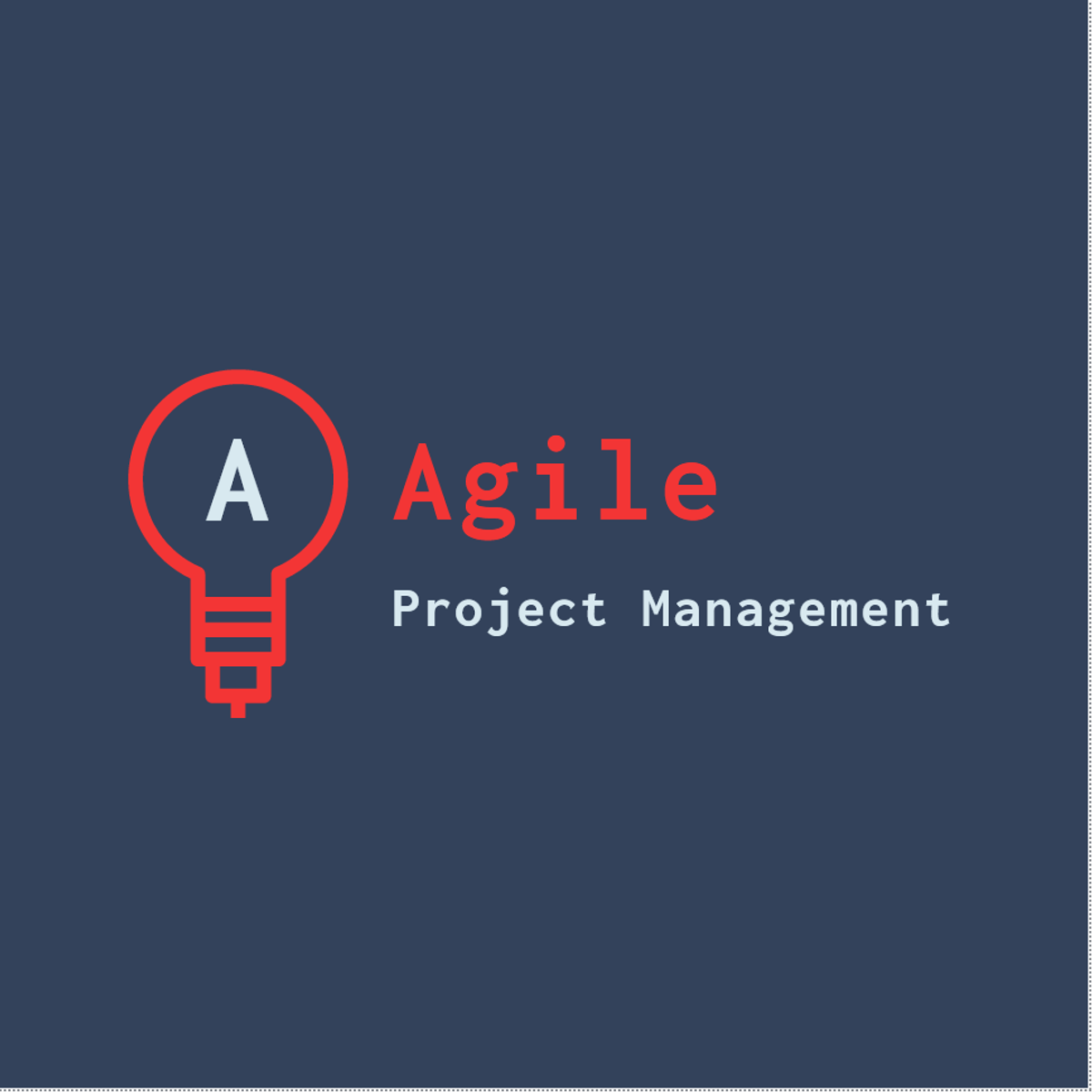
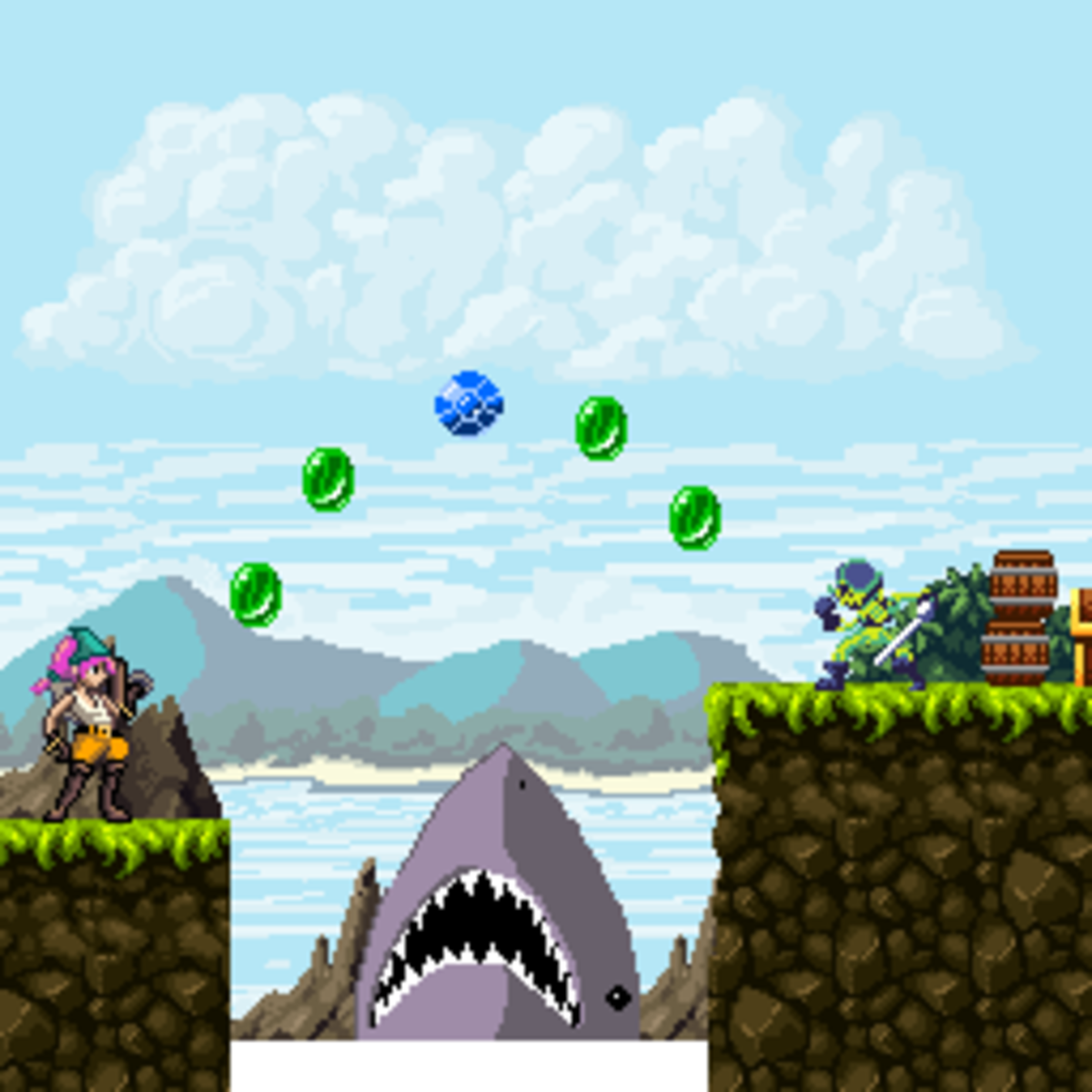
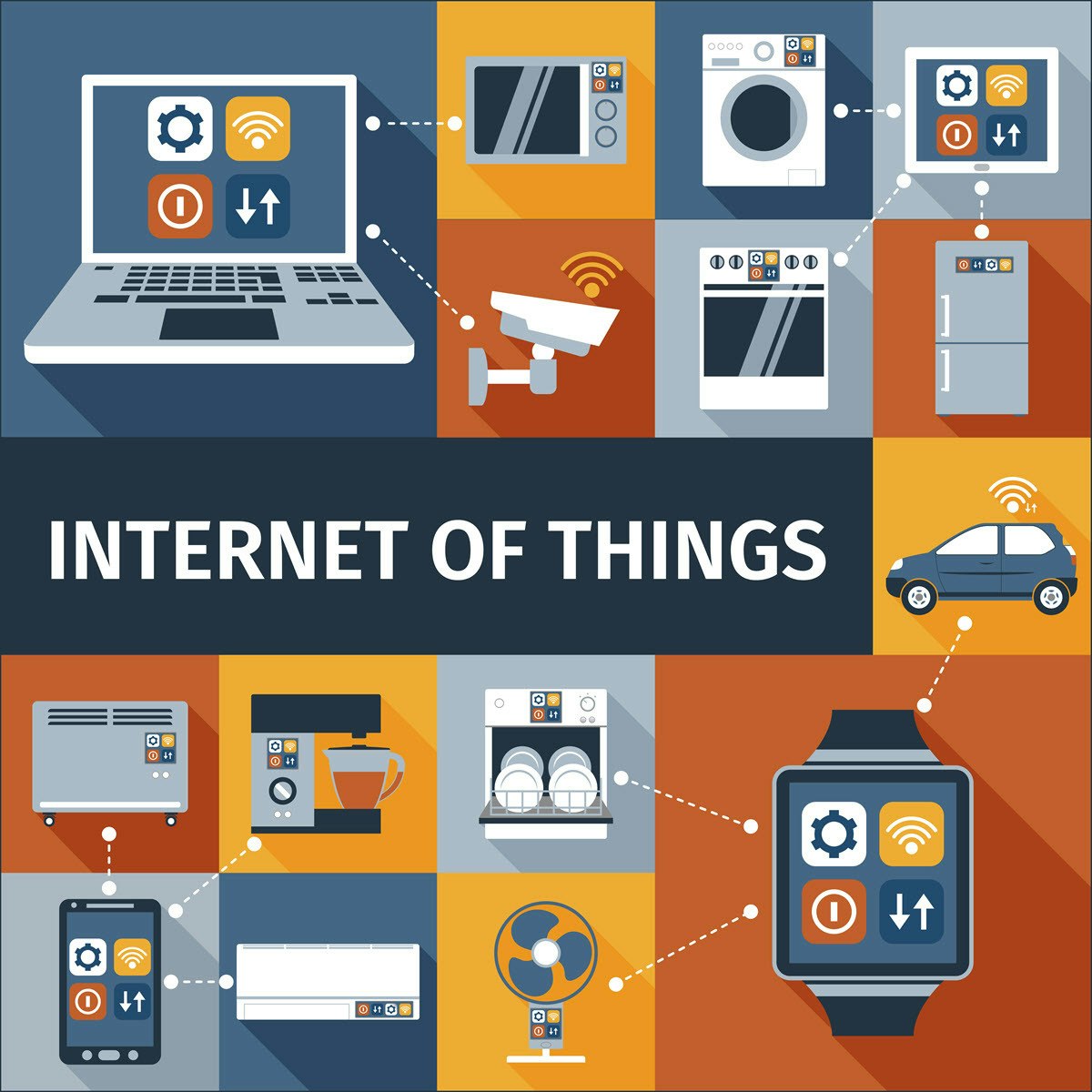
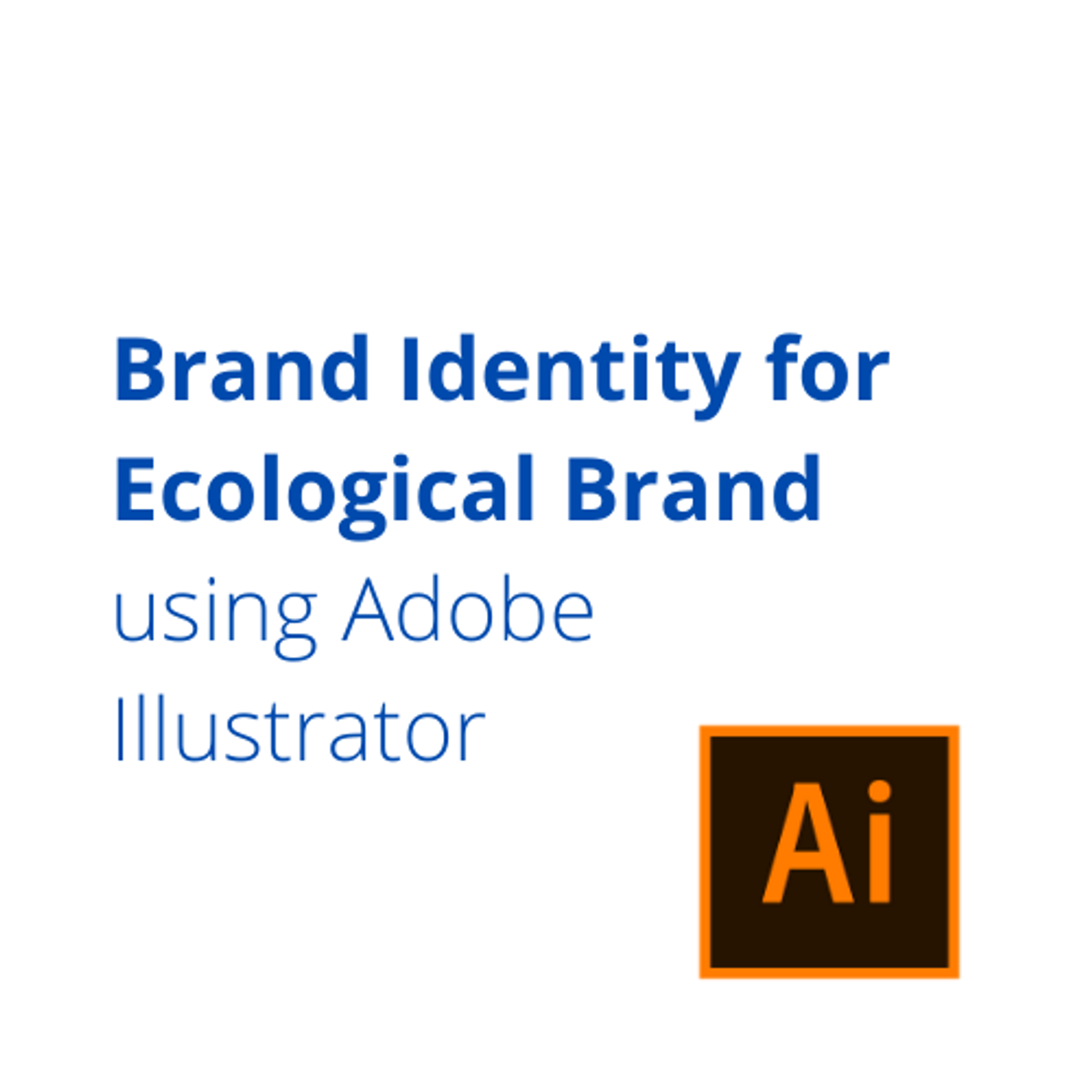
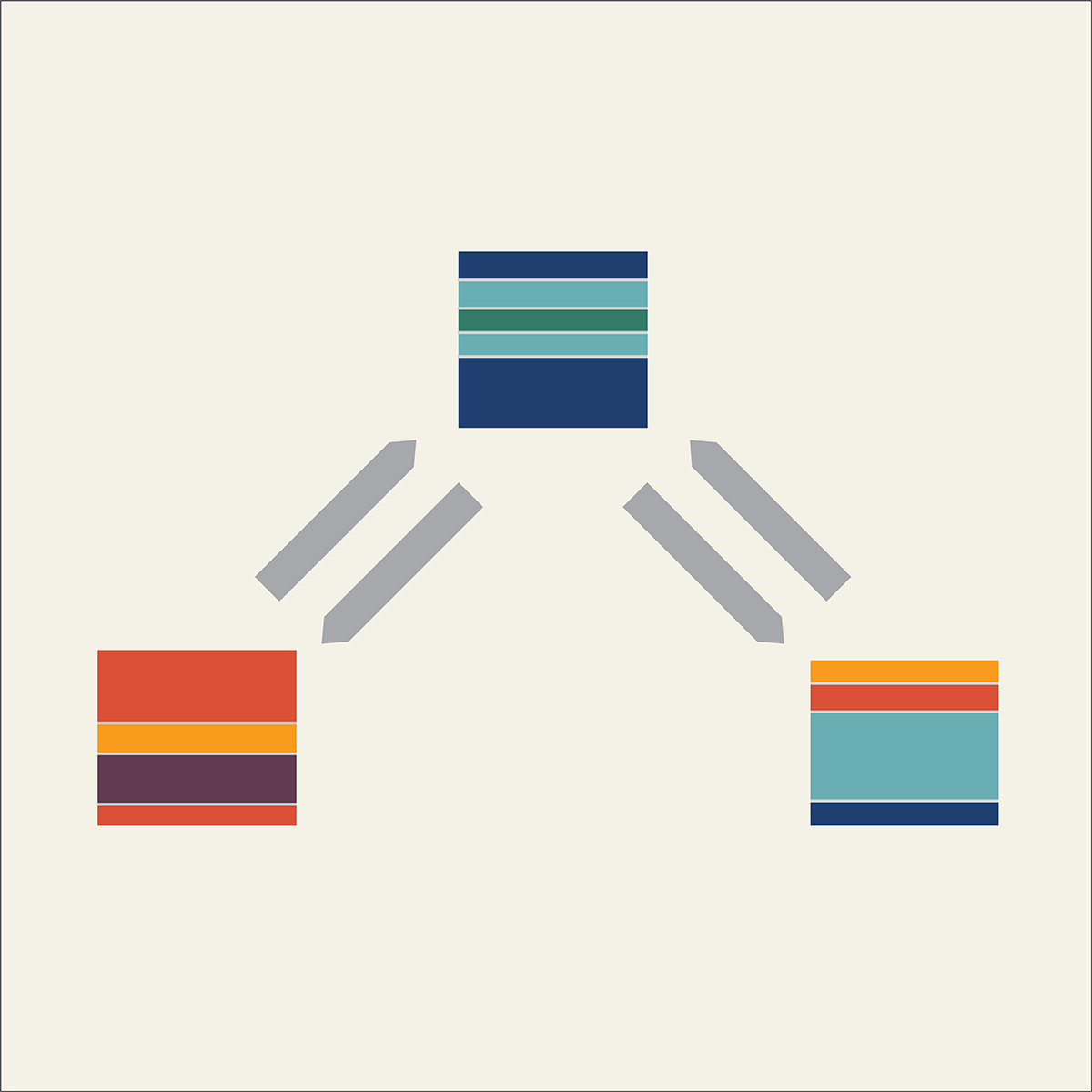


Design And Product Courses - Page 43
Showing results 421-430 of 512

Esports Teams and Professional Players
This course will be focusing on the competitive Esport team and individual professional players. Whether you are playing on a team or competing as an individual, you will find that being a professional Esports player is more complex and nuanced than most people realize. We will be talking a lot about the support staff surrounding players, the intricacy of navigating contracts, and the hardships of committing yourself to professional play.
We will also be talking about the Esports media. Similar to sports, Esports has developed its own unique ecosystem of articles, videos, streaming, social media, and overall content creation. We will examine the specifics of different types of media and explain how each has its uses in making Esports more popular as a whole.

Applied Plotting, Charting & Data Representation in Python
This course will introduce the learner to information visualization basics, with a focus on reporting and charting using the matplotlib library. The course will start with a design and information literacy perspective, touching on what makes a good and bad visualization, and what statistical measures translate into in terms of visualizations. The second week will focus on the technology used to make visualizations in python, matplotlib, and introduce users to best practices when creating basic charts and how to realize design decisions in the framework. The third week will be a tutorial of functionality available in matplotlib, and demonstrate a variety of basic statistical charts helping learners to identify when a particular method is good for a particular problem. The course will end with a discussion of other forms of structuring and visualizing data.
This course should be taken after Introduction to Data Science in Python and before the remainder of the Applied Data Science with Python courses: Applied Machine Learning in Python, Applied Text Mining in Python, and Applied Social Network Analysis in Python.
Introduction to FPGA Design for Embedded Systems
This course can also be taken for academic credit as ECEA 5360, part of CU Boulder’s Master of Science in Electrical Engineering degree.
Programmable Logic has become more and more common as a core technology used to build electronic systems. By integrating soft-core or hardcore processors, these devices have become complete systems on a chip, steadily displacing general purpose processors and ASICs. In particular, high performance systems are now almost always implemented with FPGAs.
This course will give you the foundation for FPGA design in Embedded Systems along with practical design skills. You will learn what an FPGA is and how this technology was developed, how to select the best FPGA architecture for a given application, how to use state of the art software tools for FPGA development, and solve critical digital design problems using FPGAs. You use FPGA development tools to complete several example designs, including a custom processor. If you are thinking of a career in Electronics Design or an engineer looking at a career change, this is a great course to enhance your career opportunities.
Hardware Requirements:
You must have access to computer resources to run the development tools, a PC running either Windows 7, 8, or 10 or a recent Linux OS which must be RHEL 6.5 or CentOS Linux 6.5 or later. Either Linux OS could be run as a virtual machine under Windows 8 or 10. The tools do not run on Apple Mac computers. Whatever the OS, the computer must have at least 8 GB of RAM. Most new laptops will have this, or it may be possible to upgrade the memory.

Agile Project: Product Prototype Touchpoint Analysis in Miro
By the end of this guided project, you will be fluent in creating wireframe porotypes for Agile projects based on previous project phases. This will enable you to map the product features and add value to how the customer/user will experience the product or service. You will learn how to encapsulate the needs and wants of the customer persona in the product.
This is essential for generating positive results for your business venture. Furthermore, this guided project is designed to engage and harness your visionary and exploratory abilities. You will use proven models in Agile Project Management with Miro to shape the development roadmap of products and services.
We will practice critically how Epics, User Stories, Personas, and Customer journey phases become valuable input for creating functionality for products and services.
Please see the guide for creating a free account with Miro in the Resources section.
Pixel Art for Video Games
This course is aimed to give you the tools and knowledge you need to start creating simple art for video games made in the Unity game engine. Through the aesthetic of pixel art we will explore artistic principals like shape language, color theory, and composition as well as show you a step by step workflow for creating assets that you can use to make your own games. The course is broken into 4 main modules, props, environments, characters, and animation. Each of these courses will have a series of video lessons alternating between artistic and technical skills culminating in a peer-reviewed project based assignment. The last module will challenge you to take the knowledge learned in the previous 4 and use it to create your own pixel art asset pack.
This course is aimed at art novices who are interested in creating art for their own games or contributing to game projects. If you are a game designer or programmer, you will find this course helps give you a glimpse into the world of game art. You will be able to better work with artists, or create your own prototype or final artwork. If you are an artist or visual designer who is interested in bringing your style to the world of video game development, this course will give you the workflow to properly interface with a game engine and help contextualize how your artistic sensibilities can enable gameplay.
If you have ever wanted to start making art for video games but have no idea how to start, this course is the perfect for giving you a solid foundation while teaching you usable practical skills. Our goal is to give you a sense of the whole pipeline from creation to setting up in a game engine.

Introduction to the Internet of Things and Embedded Systems
The explosive growth of the “Internet of Things” is changing our world and the rapid drop in price for typical IoT components is allowing people to innovate new designs and products at home. In this first class in the specialization you will learn the importance of IoT in society, the current components of typical IoT devices and trends for the future. IoT design considerations, constraints and interfacing between the physical world and your device will also be covered. You will also learn how to make design trade-offs between hardware and software. We'll also cover key components of networking to ensure that students understand how to connect their device to the Internet. Please note that this course does not include discussion forums.
Upon completing this course, you will be able to:
1. Define the term “Internet of Things”
2. State the technological trends which have led to IoT
3. Describe the impact of IoT on society
4. Define what an embedded system is in terms of its interface
5. Enumerate and describe the components of an embedded system
6. Describe the interactions of embedded systems with the physical world
7. Name the core hardware components most commonly used in IoT devices
8. Describe the interaction between software and hardware in an IoT device
9. Describe the role of an operating system to support software in an IoT device
10. Explain the use of networking and basic networking hardware
11. Describe the structure of the Internet
12. Describe the meaning of a “network protocol”
13. Explain MANETs and their relation to IoT

Brand Identity for Ecological Brand using Adobe Illustrator
By the end of this project, a brand identity for an Eco-friendly brand called Green Steps will be designed. So as a result, in this brand identity, a logo and its variations, a pattern and a color palette will be designed.
Then these brand elements will be implemented on a mock-up of the grocery bag, letterhead, envelope, notebook, business card, tablet, and employee tag. Then the final stage will be designing a mood-board that includes all the brand elements and the mock-up of the grocery bag.
This is to showcase the client the brand’s mood and how the final outcome will look like at the end.
This project is for intermediate graphic designers that are interested in branding and logo designing, who already have the basics of Adobe illustrator.
As a designer, learning to create a brand identity will help you in your career, as everyday new brands are willing to join the market and need the help of designers to create a unique identity to their brands, in order to be able to stand up in the market.
Moreover, implementing this brand identity on a mock-up and a mood-board will help you as designer to present your ideas and designs to the client, thus giving them a realistic image on the brand’s final outcome.

Coding for Designers, Managers, & Entrepreneurs III
Do you want to experience what it is to go from idea to code? If so, this is the place for you! This is the third course in the Coding for Designers, Managers, and Entrepreneurs Specialization. If you’re a hands-on collaborator with developers, this course is specifically designed for you. In this course, we’re going to focus on creating application logic (controllers) with Javascript, including interfaces to external API's and resources you can leverage to do a lot quickly. Coding for Designers, Managers, and Entrepreneurs III and its specialization will help you build a creative confidence and competence that will make you an even better collaborator on digital projects. This course was developed at the Darden School of Business at the University of Virginia and is taught by top-ranked faculty.

API Development on Google Cloud's Apigee API Platform
"In this course, you learn how to create APIs that utilize multiple services and how you can use custom code on Apigee. You will also learn about fault handling, and how to share logic between proxies. You learn about traffic management and caching. You also create a developer portal, and publish your API to the portal. You learn about logging and analytics, as well as CI/CD and the different deployment models supported by Apigee.
Through a combination of lectures, hands-on labs, and supplemental materials, you will learn how to design, build, secure, deploy, and manage API solutions using Google Cloud's Apigee API Platform. This is the third and final course of the Developing APIs with Google Cloud's Apigee API Platform course series."

Motion Planning for Self-Driving Cars
Welcome to Motion Planning for Self-Driving Cars, the fourth course in University of Toronto’s Self-Driving Cars Specialization.
This course will introduce you to the main planning tasks in autonomous driving, including mission planning, behavior planning and local planning. By the end of this course, you will be able to find the shortest path over a graph or road network using Dijkstra's and the A* algorithm, use finite state machines to select safe behaviors to execute, and design optimal, smooth paths and velocity profiles to navigate safely around obstacles while obeying traffic laws. You'll also build occupancy grid maps of static elements in the environment and learn how to use them for efficient collision checking. This course will give you the ability to construct a full self-driving planning solution, to take you from home to work while behaving like a typical driving and keeping the vehicle safe at all times.
For the final project in this course, you will implement a hierarchical motion planner to navigate through a sequence of scenarios in the CARLA simulator, including avoiding a vehicle parked in your lane, following a lead vehicle and safely navigating an intersection. You'll face real-world randomness and need to work to ensure your solution is robust to changes in the environment.
This is an intermediate course, intended for learners with some background in robotics, and it builds on the models and controllers devised in Course 1 of this specialization. To succeed in this course, you should have programming experience in Python 3.0, and familiarity with Linear Algebra (matrices, vectors, matrix multiplication, rank, Eigenvalues and vectors and inverses) and calculus (ordinary differential equations, integration).
Popular Internships and Jobs by Categories
Browse
© 2024 BoostGrad | All rights reserved


